Born on November 9, 1731, in Ellicott’s Mills, Maryland, Benjamin Banneker was the son of an ex-slave named Robert and his wife, Mary Banneky. Mary was the daughter of an Englishwoman named Molly Welsh, a former indentured servant, and her husband, Bannka, an ex-slave whom she freed and who asserted that he came from tribal royalty in West Africa.
Because both of his parents were free, Benjamin escaped the wrath of #slavery as well. He was taught to read by his maternal grandmother and for a very short time attended a small Quaker school. Banneker was primarily self-educated, a fact that did little to diminish his brilliance. His early accomplishments included constructing an irrigation system for the family farm and a wooden clock that was reputed to keep accurate time and ran for more than 50 years until his death. In addition, Banneker taught himself astronomy and accurately forecasted lunar and solar eclipses. After his father’s passing, he ran his own farm for years, cultivating a business selling tobacco via crops.
Interests in Astronomy and Surveying
Banneker’s talents and intelligence eventually came to the attention of the Ellicott family, entrepreneurs who had made a name and fortune by building a series of gristmills in the Baltimore area in the 1770s. George Ellicott had a large personal library and loaned Banneker numerous books on astronomy and other fields.
In 1791, Andrew Ellicott, George’s cousin, hired Banneker to assist in surveying territory for the nation’s capital city. He worked in the observatory tent using a zenith sector to record the movement of the stars. However, due to a sudden illness, Banneker was only able to work for Ellicott for about three months.
Read More @http://www.biography.com/people/benjamin-banneker-9198038







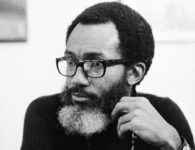
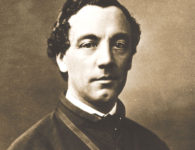
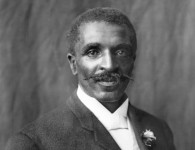
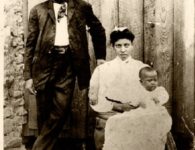
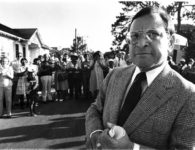
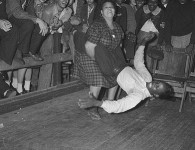
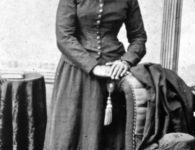
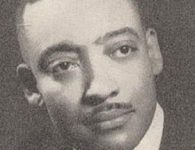


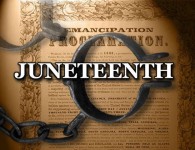


No comments